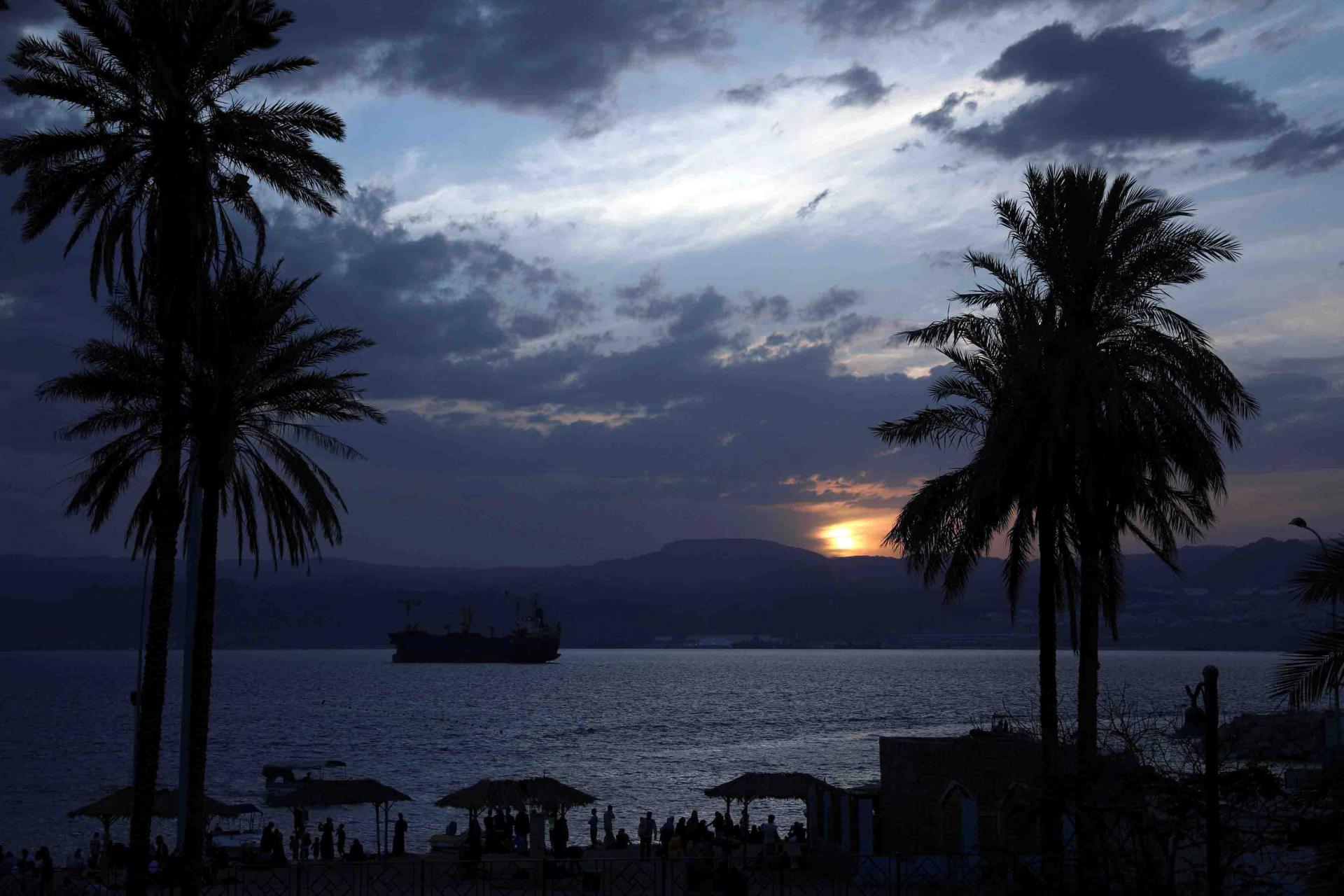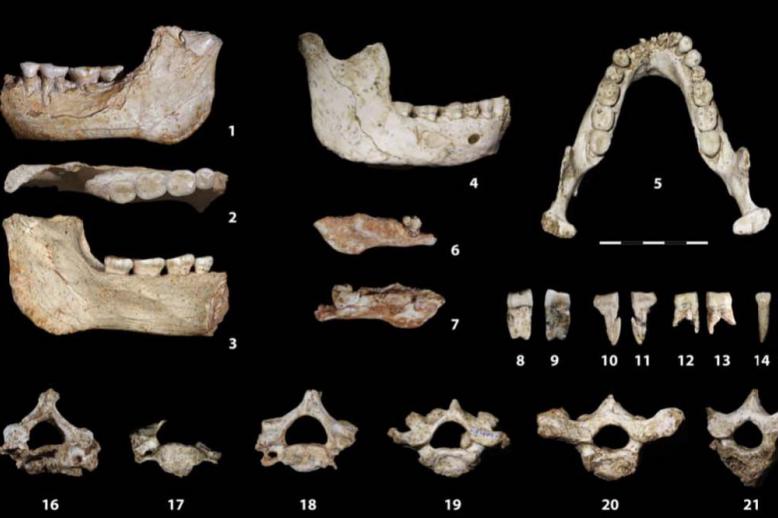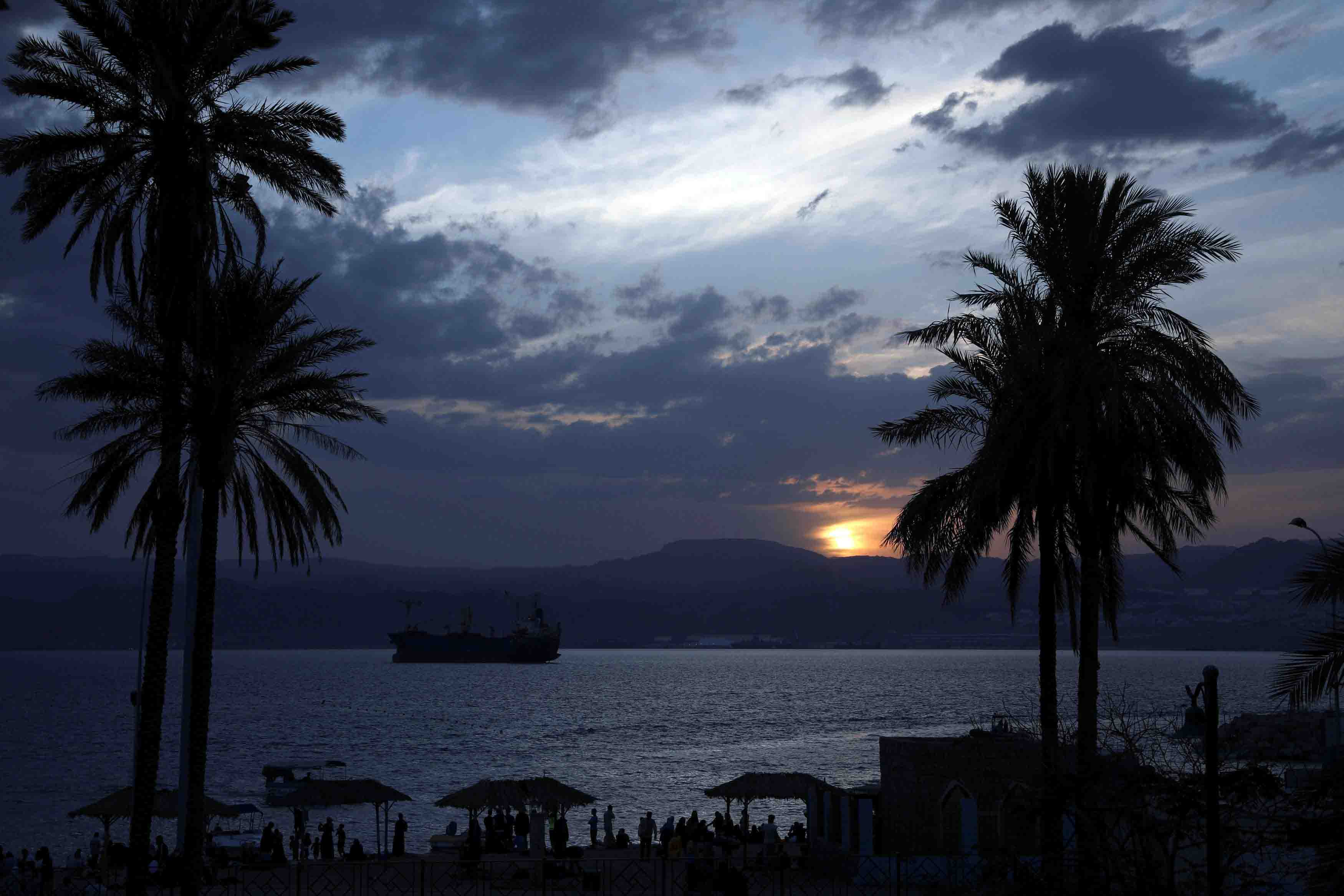Is Jordan’s Dead Sea dying?
DEAD SEA - At more than 400 metres below sea level, the Dead Sea is the lowest point on Earth and sinking deeper due to climate change and the absence of solutions to save one of Jordan’s most popular tourist attractions.
Located at the site of the ancient city of Sodom, home of the Prophet Lot, the Dead Sea is known for its salts and minerals that make it a destination for people seeking health remedies from its rich black stimulating mud.
The therapeutic benefits of Red Sea mud have been deemed physically advantageous, especially for people suffering from asthma and skin diseases. The substance is also used in cosmetics manufacturing.
However, in recent years the sea, fed by the Jordan River south-east of Amman, has had a severe drop in water level that is threatening its existence.
A geological study stated that the Dead Sea area has been receding at about 595 sq.km and has a depth of 420 metres, 35 metres below its level in 1976. Its surface area was 1,050 sq.km.
Jordan Geologists Association President Sakher Nsour said the Dead Sea “is a unique geological phenomenon that might disappear in the next decades.”
“The Dead Sea represents a historical heritage and a legacy that is unique in all its aspects whether as a tourists’ destination, an open health spa or an investment opportunity and since it gained the interest of the entire world then we can surely say that its decline is a global issue,” Nsour said.
“Definitely, it will be a loss to the world if the Dead Sea disappears. My question is: How can there be development to the infrastructure with calls for more investment in tourism projects without knowing the fate of this great sea?”
For the Jordan Free and Development Zones Group, which is responsible for developing the Dead Sea area, the decrease in the sea’s water levels did not have an adverse effect on investment.
“The Dead Sea water levels are decreasing at an average of 1 to 1.5 metres annually and this is a very alarming rate that requires serious and quick action,” warned Nsour, whose association was established in 1972 to conduct geological research studies regarding development of water, mineralogical and oil resources.
Nsour said an estimated 650 million cubic metres a year of Dead Sea water are wasted by companies on both sides of the sea, which contributes to the decrease in water levels.
“Why aren’t these companies using modern technology to save water and conduct their businesses with the least amount of water wasted?” Nsour asked.
Though it is shrinking, the Dead Sea has economic value for Jordan and Israel, which have built resorts on opposite sides and export cosmetic products manufactured in the area.
Climate change has been blamed for poor rainfall totals and high evaporation of the waters, Nsour said.
“Annual precipitation in the Dead Sea area is estimated at 39 million cubic metres versus 754 million cubic metres evaporated annually. That amounts to an evaporation average of 1,600 millimetres per year,” Nsour said, citing a report by the Jordanian Ministry of Environment.
“The Dead Sea also loses about 80 million cubic metres of water annually because of the low level of groundwater in its eastern and western parts. These normally supplied the sea with water through the deep flow in the ground,” he added.
The Jordanian Meteorological Department said climatic studies over the past 40 years indicated that the average annual rainfall decreased 0.6 millimetres and there was an increase of 0.059 degrees Celsius in average annual temperatures. Thousands of sinkholes have appeared, consequently transforming dramatically the landscape around the Dead Sea.
“These are the direct result of the drying up of the sea. Vacuum created underneath the ground allows the earth to crumble in the area,” Nsour said.
He said solutions being considered to deal with the problem include the Red Sea-Dead Sea Conveyance project, which would involve building a 177km-long pipeline from the Red Sea to supply the Dead Sea with water and generate electricity.
The project, which was signed by Jordan, Israel and the Palestinian Authority in 2013, has been delayed because of technical issues.
The Dead Sea area hosts several interesting attractions including Jesus’s baptism site, an important pilgrimage site that was visited by 143,000 people in 2018.
The area has a unique ecosystem and works as a barometer of the state of the environment in a part of the world where the arid climate leads to a shortage of water.
Roufan Nahhas, based in Jordan, has been covering cultural issues in Jordan for more than two decades.
This article was originally published in The Arab Weekly.







